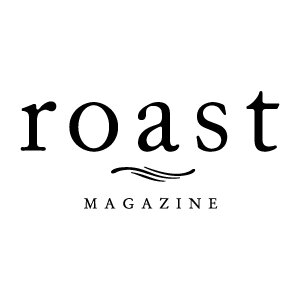True to Taste: An Exploration of Production Roast Evaluation
By Anne Cooper
Whether we work at small, midsize or large-scale roasting companies, we all need to evaluate the success (or failure) of our production roasting in some form. How else will we know if the coffee we have roasted is as intended and the flavors of the end product are “true to taste”?
Members of the coffee industry often say that quantifying roast quality in general is a huge weakness in our industry, and I have to agree.
The historically low barrier to entry into coffee roasting brings with it a level of inconsistency in skills, technique and overall base understanding of the processes and procedures required for production roasting.
Also, to an extent, most roasters are self-taught (or were taught by another roaster who was likely self-taught) and, as a result, have developed their own methods. This also contributes to a lack of consistency and understanding of some key production roasting processes and procedures.
Coffee roasting encompasses production and manufacturing, and as such, it needs to be considered more seriously. As a result of not being clearly defined and monitored, the roasting industry lacks strict procedures and unified documents for essential practices like production roast evaluation (PRE).
When I polled many roasters on the topic of PRE, it became clear that within the global coffee roasting community, roasters use varying techniques and documents to evaluate production roasts.
So, what should the coffee industry be considering to help roasters improve their PRE skills? What factors are involved, and how can we further improve PRE processes and procedures to ensure that we are all consistently evaluating our production coffees as being true to taste?
Advertisement










